Of Satellite Shootings and Blood Moons
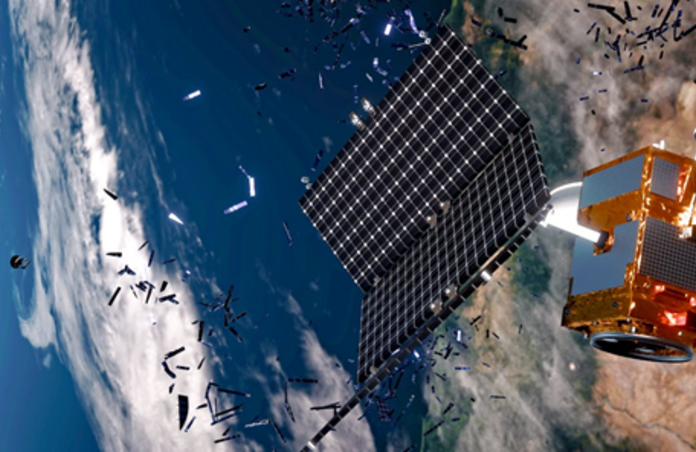
A new cloud of space debris has appeared on the radars, but luckily it won’t darken your observations of wonderful phenomena this week!
On November 15th, NASA observed a new field of space debris in near-Earth orbit. Later, Russia confirmed that what was detected was the consequence of one of their Anti-Satellite Weapon (ASW) being successfully deployed to wreck one of their old satellites. There are three main ways to take down a satellite: non-kinetic ASWs employ lasers to interfere with the satellite’s system; more “physical” ASWs are the co-orbital and direct ascent types, which actually destroy the satellite. It’s the later type that the Russian space agency Roscosmos tested. ASWs were first developed in the 60s and currently, the U.S., Russia, China and India are the only countries which have the capacity to use such an arm.
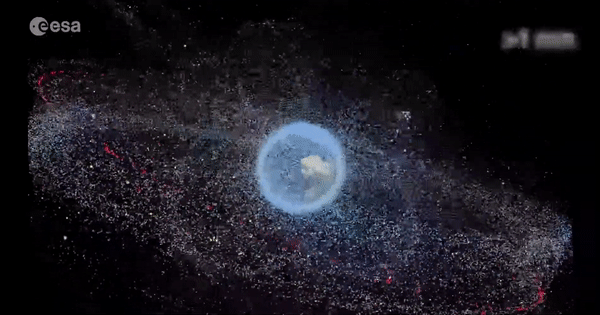
Aside from the obvious political threats, there are also dangers for space enthusiasts. The most worrisome consequences of these tiny pieces of material floating around at speeds of over 27 000 km/h (17 000 mph) is them striking another spacecraft, above all a manned one. There are thousands of bits of “space junk” in near-Earth orbit, many of which are too small to track. Yet a cloud of debris like the one left over from the ASW test will rapidly spread out, increasing the chance of collision. In July of this year, we all got cold sweats when astronauts on the International Space Station (ISS) narrowly avoided a catastrophe of this type: a 0.5cm hole was punched into one of the robotic arms of the ISS, luckily not damaging any of the vital parts of the stations. Ways to prevent and remove space debris are sensitive but essential topics for space agencies, what’s more the solution is likely going to come from private companies like Swiss start-up ClearSpace, who were commissioned by ESA in 2019 for a debris-removal mission in 2025.
Although this paints a rather bleak picture of space exploration, there are still beautiful things to observe in and from space, like French astronaut Thomas Pesquet’s stunning capture of an aurora last week from the ISS. The intensity of this aurora borealis was due to an X-class (strongest class) of solar flares in October: as the emitted high-energy particles interact with our Earth’s magnetic field, they eventually reach the atmosphere where they heat up and glow. This particular image was taken above North America, on November 4th.
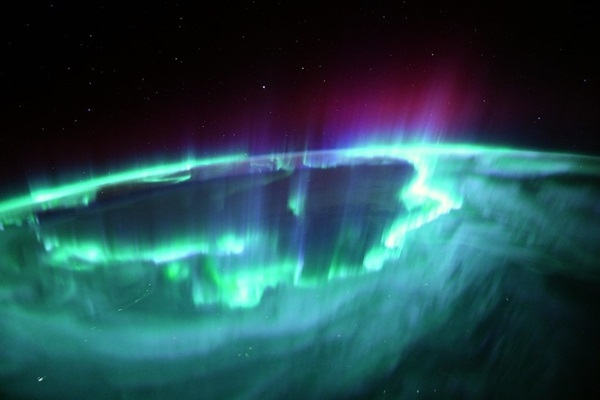
Speaking of Northern America, Americans and Canadians will be able to observe the lunar eclipse occurring this Friday, 19th November – the Full Moon will be 97% covered by the Earth’s shadow, so the characteristic red colour of a Blood Moon will show for well-placed observers. In Eastern Asia, Australia and New Zealand or in South America and Western Europe, the Moon will only be partially covered by the Earth’s penumbra (half-shadow), which will occur around moonrise and moonset respectively. The reason why this lunar eclipse has been widely “advertised” is because it’s the longest one about 1 000 years; this is because the event happens shortly before the Moon is at its apogee, its farthest point from Earth, i.e., where it travels slower along its orbit because it experiences slightly less gravitational attraction from Earth.
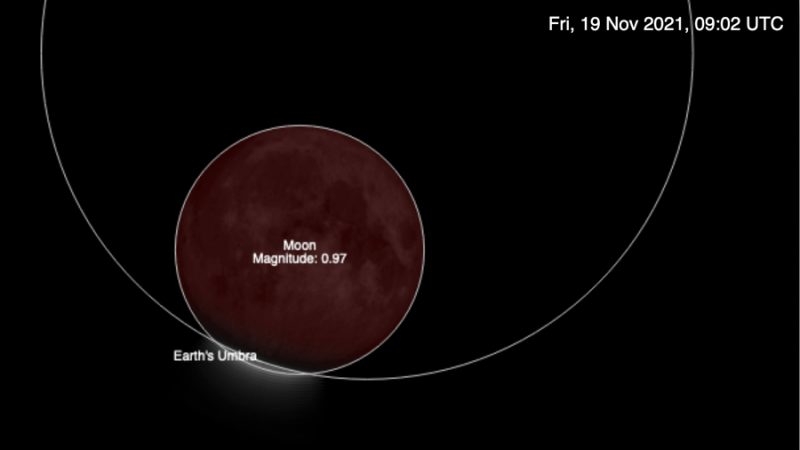
97% partial lunar eclipse: close to a Blood Moon 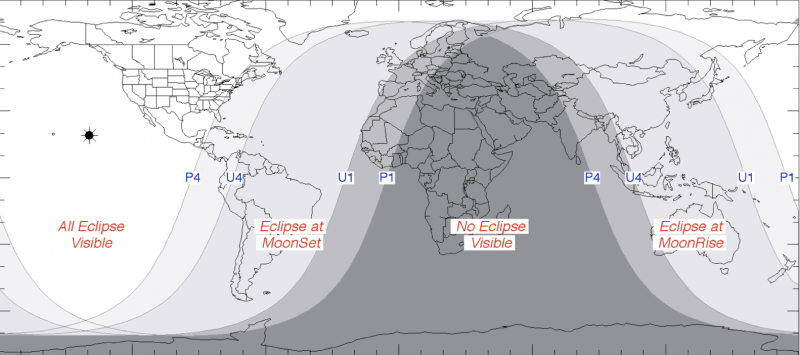
Eclipse visibility (maximum point indicated by *)
While space debris are an increasing cause for concern, there are many observations that you can conduct undisturbedly.
Cover Image: Satellite and debris, ESA/ID&Sense/ONiRiXEL
Image Credits:
1 - Distribution of space debris around Earth, ESA
2 - Aurora, ESA/NASA–T. Pesquet
3 & 4 - Fig. 4 from ""Eclipses During 2021", F. Espenak, 2021
